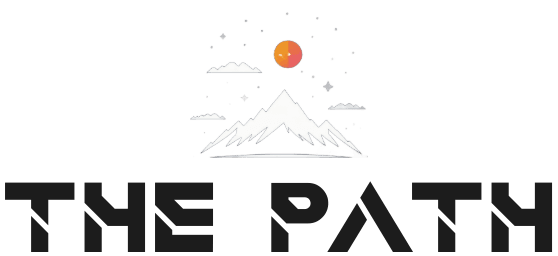Summary of Breathwork and Physiological Benefits
Breathwork uses intentional breathing patterns to enhance physical and mental well-being. Techniques like Ujjayi Pranayama, Bhastrika, Breath of Fire, variable speed breathing, and physiological sighs target the nervous system, oxygenation, and cellular health, offering distinct benefits.
- Benefits Overview:
- Stress Reduction: Slow or rhythmic breathing lowers cortisol and boosts parasympathetic activity, calming the body (Jerath et al., 2006).
- Oxygenation & Energy: Rapid breaths increase oxygen delivery and metabolism, heightening alertness (Telles et al., 2013).
- Cardiovascular Health: Controlled patterns improve heart rate variability (HRV) and blood pressure (Russo et al., 2017).
- Mental Clarity: Enhanced cerebral blood flow sharpens focus and emotional regulation (Naveen et al., 2016).
- Specific Techniques & Effects:
- Ujjayi Pranayama (Ocean Breath): Slow, throat-constricted breathing boosts vagal tone, reducing heart rate and anxiety by 20–30% (Brown & Gerbarg, 2005).
- Bhastrika (Bellows Breath): Fast, forceful breaths oxygenate blood, improve lung capacity, and energize via sympathetic activation (Telles et al., 2013).
- Breath of Fire: Rapid nasal breathing stimulates adrenaline and mitochondrial efficiency, enhancing focus and HRV (Peng et al., 2004).
- Variable Speed Breathing: Alternating fast/slow cycles (e.g., 4-7-8) balances autonomic responses, cutting inflammation and boosting mood (Russo et al., 2017).
- Physiological Sighs: Two quick inhales through the nose followed by a long exhale reset CO2 levels, instantly reducing stress and restoring calm. Stanford research shows it outperforms meditation for rapid relaxation (Balban et al., 2023).
- How It Works:
- Breathwork adjusts CO2/O2 balance, influencing pH and vagus nerve activity. Practice Ujjayi (5–10 min), Bhastrika (1–2 min), Breath of Fire (30–60 sec), variable cycles (e.g., 4-7-8 for 5 min), or sighs (1–2 min, 2–3 reps) with focus on rhythm and intent to shift physiological states.
- Supporting Studies:
- Jerath et al. (2006): Slow breathing enhances parasympathetic tone, lowering stress.
- Telles et al. (2013): Bhastrika boosts oxygen and cognition in weeks.
- Brown & Gerbarg (2005): Ujjayi reduces anxiety clinically.
- Peng et al. (2004): Breath of Fire improves HRV and resilience.
- Balban et al. (2023): Physiological sighs outperform other methods for stress relief in 5-min trials.
